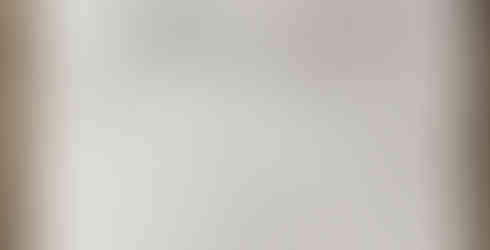Setting the Scene
- Sam Baldwin

- Jun 19, 2016
- 2 min read
There are certain elements of the theater that will always be exciting. The anticipation of an empty stage, the feeling that sneaks up on you as you walk through the auditorium doors, the uneasy silence when the audience collectively stops talking and the house music fades out. With my set design, I hope to assume that some degree of excitement will be implicit in the experience itself — the set, on the other hand, serves as a canvas, a space to be painted by the bodies, costumes, and projections that fill it. To make it consistent with the script, I latch onto the concept of the spa/salon environment mentioned at the beginning of the first scene. This imagery sticks with me more than almost any other aspect of the play, perhaps because it, quite literally, sets the scene from the start. At the same time, the spa setting is intentionally disruptive, creating expectations for the show — that the show will be calm, or that it will be relaxing, or that you might even be able to sneak a quick nap in before the curtain call — that it dashes as soon as the Client is brutally murdered. I want this space to reflect that moment, to represent the frenzy that so deeply characterizes this piece for me.
In order to successfully capture that subversion, tension must be present in the set design. I hope that, through the use of stereotypically juvenile or garish objects, like the green room-style lights that border the giant arrow in the background, and the soft, preferably well-used and worn cushions that litter the stage, the audience can make the comparison between set elements and more cozy spaces. This forces the familiar and the unremarkable up against the novel — the black velvet curtains that hide the exit doors, for example, cut the audience off from any visual of a possible exit (though this will need to be adjusted somehow, as fire code requires that at least one glowing “Exit” sign is visible above one of the theater’s doors), making them feel more isolated and, ideally, trapped, as Brian describes above. Extensions of this design might include elements of the set which slowly come apart with time, like a stage that can be pulled into pieces and reassembled at the end of the show. Though this space is meant to reflect the design choices made by other designers, it could, ideally, amplify the sense of disarray created by the show.
The projections, as noted in the images which accompany this post, are to be featured front and center. This makes them easily accessible to the audience, so that they can be consumed easily. In another rendition of the set design, though, having several screens hung behind the audience could help to reenforce Brian’s desired claustrophobia. The audience sitting across the stage could easily see the projections behind their parallel counterparts. They could also feel the eyes of those counterparts searching the space just above their heads.




















Comments